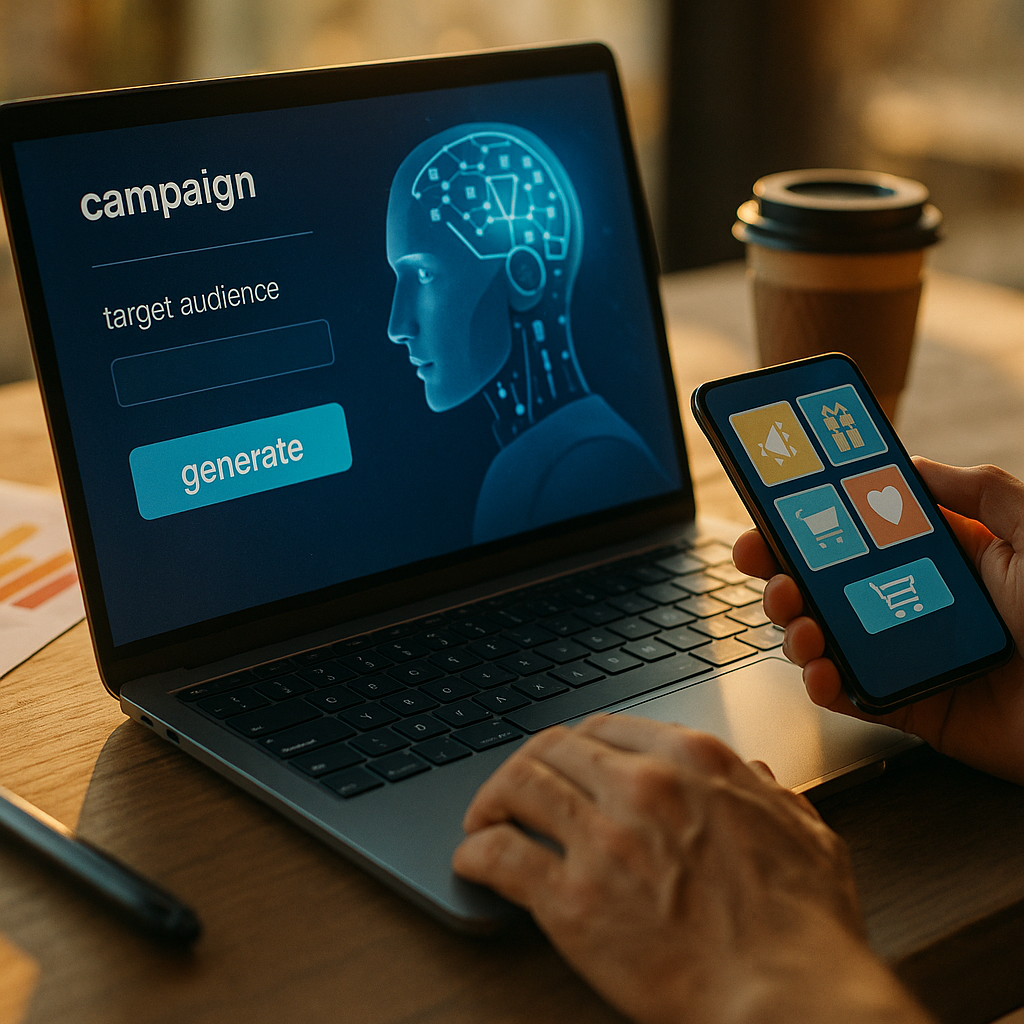Leveraging Generative AI for micro campaigns is transforming marketing agility and creative output in 2025. By customizing content with precision, brands achieve unprecedented relevance and rapid experimentation. But how do you unlock this power responsibly and effectively? In this article, discover leading strategies for generative AI and succeed with micro-targeted campaigns today.
Understanding the Power of Generative AI in Precision Campaigns
Generative AI, empowered by advanced natural language models and visual content creators, enables marketers to generate assets at scale without compromising on relevance. With micro campaigns—highly targeted, short-lived initiatives—marketers combine data insights and automation to address hyper-specific audiences.
According to a 2025 report from Gartner, 68% of enterprises now use generative AI-driven tools for campaign content production. This adoption stems from AI’s ability to deliver tailored copy, design, and imagery that resonates with niche segments. By tapping into these capabilities, brands can continuously iterate, maximizing message effectiveness and ROI with every campaign.
Enhancing Personalization: Micro Targeting with Smart Segmentation
The era of one-size-fits-all marketing is over. Generative AI empowers brands to create content that feels personal, timely, and relevant by segmenting audiences based on behavior, preferences, and purchase history. Micro campaigns thrive on this granularity, ensuring each communication speaks directly to an individual’s needs.
For example, a fitness apparel brand can use generative AI to send unique email promotions to customers interested in running, yoga, or strength training—each with tailored imagery and language. This not only increases engagement rates but also reinforces customer loyalty by making every touchpoint feel curated.
Accelerating Creative Production for Micro Campaigns
Traditional campaign creation often stumbles on resource bottlenecks and extended timelines. In contrast, generative AI automates ideation, copywriting, and visual design, drastically reducing time-to-market. Teams can now launch dozens of micro campaigns in the time it previously took to produce one.
Recent case studies spotlight travel brands producing personalized video ads for thousands of local destinations in days—not months—using AI-powered creative tools. This speed enables marketing teams to pivot in real-time, capitalizing on emerging trends and optimizing live campaigns based on ongoing performance analytics.
Best Practices for Responsible and Effective AI Campaigns
Success with micro campaigns demands more than just sophisticated algorithms—it relies on ethical use and alignment with brand voice. EEAT (Experience, Expertise, Authoritativeness, Trustworthiness) remains crucial, ensuring AI-generated content is accurate, helpful, and authentic.
- Fact-check AI outputs: Always validate claims, data points, and product details before publishing.
- Maintain brand consistency: Train AI models on your unique guidelines, tone, and creative preferences.
- Respect privacy and consent: Use only compliant data for segmentation, safeguarding customer trust.
- Continual human oversight: Routinely review and refine AI-generated material to uphold quality and inclusivity.
Responsible deployment reduces risk, builds lasting trust, and ensures your micro campaigns deliver meaningful value.
Measuring and Optimizing Micro Campaign Performance
Generative AI not only accelerates asset creation but also enhances measurement and optimization. With micro campaigns, granular analytics are pivotal. Leverage AI-driven insights to monitor open rates, click-throughs, conversions, and overall sentiment in real time.
- Define clear KPIs for each campaign: This could be regional conversion rates, product-specific engagement, or response time to promotions.
- A/B test creative variants: Allow AI models to generate and compare multiple versions, swiftly identifying what resonates best.
- Automate reporting: Use AI dashboards to highlight anomalies, surface actionable trends, and recommend next steps.
This closed feedback loop empowers marketers to continually enhance their micro campaigns, driving superior outcomes with every iteration.
Future Trends: What’s Next for Generative AI in Micro Marketing
As generative AI evolves, expect even sharper personalization and better automation of campaign strategy. Emerging capabilities in 2025 include real-time generative content based on live data feeds, predictive copy that anticipates customer mood, and automated compliance checks for dynamic regulatory environments.
Leading platforms now collaborate with AI to co-create campaign ideas and instantly route winning concepts through digital channels, giving marketers unprecedented creative power and strategic agility.
FAQs on Leveraging Generative AI for Micro Campaigns
- What types of micro campaigns benefit most from generative AI?
Retail flash sales, localized event promotions, seasonal launches, and rapid-response social campaigns all gain efficiency and creativity with AI support. - How do you ensure content quality with generative AI?
Regular human review, adherence to editorial guidelines, and continual training on branded data ensure AI-generated materials remain high quality and consistent. - What tools are leaders using in 2025 for micro campaigns?
Marketers commonly use AI-first platforms like Adobe Firefly, Jasper, and Mixpanel’s AI analytics suite to create and optimize campaign elements. - Is generative AI cost-effective for small businesses?
Yes, subscription-based AI tools democratize access, allowing small teams to scale creative output and test campaigns with minimal overhead. - How can brands avoid “AI fatigue” among customers?
Focus on audience relevance, responsible personalization, and transparency about AI usage to foster trust and engagement, rather than overwhelming or alienating audiences.
To thrive with micro campaigns, marketers must harness generative AI’s speed and precision—always anchored by responsible practices. By personalizing content, automating production, and measuring real-time impact, your brand can capture every fleeting opportunity with confidence and creativity.
